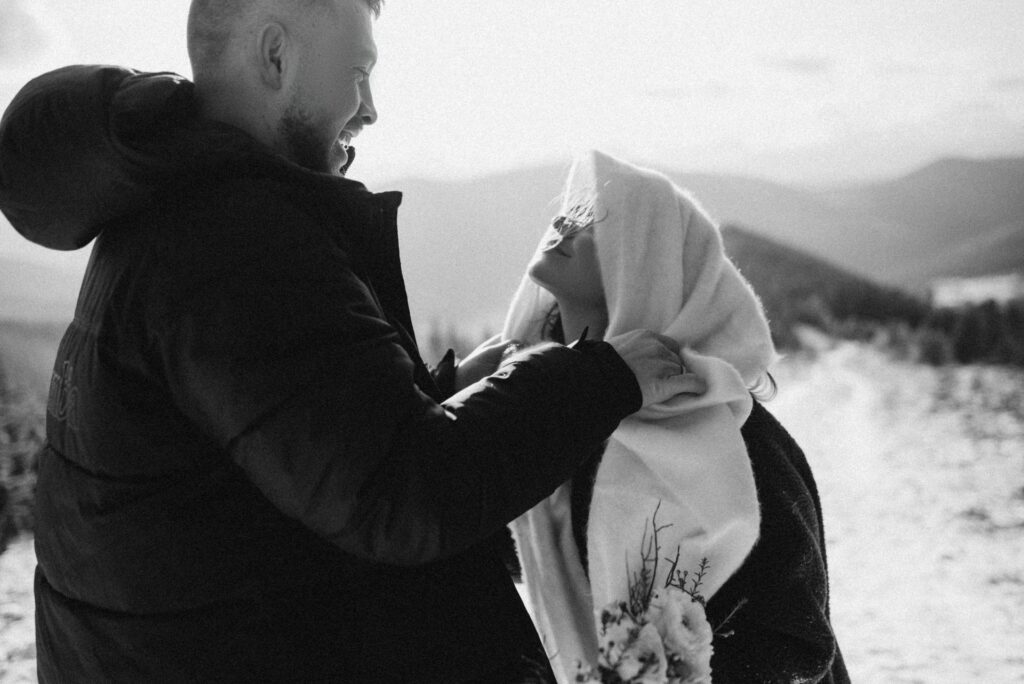
Why Single Ladies in Ukraine Prefer Western Men
07.10.2025
What Country Has the Most Beautiful Women?
13.10.2025What Does Relationship Status Mean in 2025: Types and Tips
In 2025, relationship status is no longer a simple box to check on Facebook or an administrative detail: it has become a mirror of how we love and build relationships. The couple of 2025 evolves in a world where traditional models blend with new forms: dating, situationship, cohabitation, marriage, and open relationships. This plurality makes relationships richer, but also sometimes more blurred.
Many people wonder: Will I find love in 2025 in this complex landscape? The answer is yes, but you need to understand what statuses and such really mean, and learn to clarify your expectations.
Table of Contents
What is the relationship status today?
Today, relationship status is a kind of emotional identity card, often expressed in French. It tells us where we are in our love life and sends a message to ourselves, our partner, and society.
Once limited to “single” or “married,” it has fragmented into a dozen different shades. This evolution and change in romantic relationships is linked to social media, mobility, but also to a desire to personalize one’s romantic life. The new couple of 2025 chooses its codes, its rules, and sometimes even invents its own definitions.
The different statuses of couples in 2025
The different statuses of the couple show a possible trajectory, with stages that may follow one another… or not. Here are the most common in 2025:
Single online
Being single in 2025 doesn’t mean being alone. Thanks to apps and social media, we’re multiplying our contacts. But this constant flow doesn’t replace a real encounter. Many experience the fear and frustration of “too many choices,” which fuels the question: Will I find love in 2025, or will I just have a series of one-night stands?
Attendance
Dating is about exploration without commitment. We go out together, we discover each other, but we keep the door open. It’s an exciting step, but it can become painful if intentions aren’t made clear.
Situationship
Situationship is typical of the new 2025 couple. We share intimacy and moments, but without a clear framework. For some, it’s a freedom; for others, a source of confusion. The problem is often a lack of communication, which creates divergent expectations.
In an official relationship
Being “in a relationship” means showing off, introducing the other to loved ones, and sharing daily life. It’s a symbolic milestone: the romantic status becomes clear, and the commitment is assumed. However, even this status requires constant work: trust, compromise, shared projects.
Cohabitation
Situationship is typical of the new 2025 couple. We share intimacy and moments, but without a clear framework. For some, it’s a freedom; for others, a source of confusion. The problem is often a lack of communication, which creates divergent expectations.
In an official relationship
Being “in a relationship” means showing off, introducing the other to loved ones, and sharing daily life. It’s a symbolic milestone: the romantic status becomes clear, and the commitment is assumed. However, even this status requires constant work: trust, compromise, shared projects.
Cohabitation
Living together is a common, but not mandatory, step. In 2025, some couples prefer to keep their own homes to maintain their independence. Others choose to cohabit early on, to improve working conditions in their relationship and accelerate the sharing of daily life.
Engagement and marriage
Getting engaged or married is no longer the norm, but a powerful choice. Statistics show that marriages are on the decline, but those who take this step do so out of conviction. Marriage brings a symbolic and sometimes social dimension: it strengthens the couple’s recognition in the family and professional circles.
Separation and divorce
Engagement and marriage
Getting engaged or married is no longer the norm, but a strong choice. Statistics show that marriages are on the decline, but those who take this step do so out of conviction. Marriage brings a symbolic and sometimes social dimension: it strengthens the couple’s recognition in the family and professional circles.
Separation and divorce
They’re also part of the trajectory. The 2025 couple no longer sees breakups as failure, but as the end of a cycle. This acceptance contributes to the evolution of romantic relationships, where the quality of the bond is valued more than its duration at all costs.
Why is relationship status important?
Relationship status is important because it structures the relationship and reduces uncertainty. When nothing is defined, the risk is high: misunderstandings, jealousy, unrequited expectations.
From a social perspective, romantic status also influences how one is perceived. Being “in a relationship” reassures certain circles; being “single” can provoke judgment; being “in an open relationship” still requires explanation. The new couple of 2025 must therefore learn to live with these perceptions while remaining faithful to their choices.
Clarifying your relationship status: why and how?
Clarify your relationship status to avoid confusion. Experience shows that not defining it creates more pain than freedom.
Three practical tips inspired by experts and this guide:
- Talk face-to-face. Avoid texting for this type of conversation.
- Don’t wait too long. The longer the relationship progresses without a framework, the more difficult the discussion becomes.
- Ask simple questions. “Are we exclusive?” “What do you want to build?” “How do you see our connection?”
Clarification doesn’t mean enclosing. It means creating a space where everyone knows what to expect. The 2025 couple values this transparency.
Practical advice for living better with your status
To live your relationship status well, you have to accept it. It doesn’t matter which one: dating, an official relationship, an open relationship, or marriage.
Some concrete benchmarks:
- Single: Focus on your personal development, without defining yourself by lack.
- Dating: Enjoy it, but be clear about your intentions.
- Situationship: Regularly check that you’re aligned; otherwise, it becomes toxic.
- In a relationship: Cultivate daily communication and mutual support.
- Married: Continue to invest in your connection, because marriage isn’t an automatic guarantee of happiness.
In summary: choose your own pace, respect the needs of others, and don’t compare yourself to external models.
The role of social media in 2025
Social media and websites play a major role in determining romantic status.
They allow for formalization through the famous “soft launch” (a handshake, a discreet photo, before the couple’s reveal). But they also create pressure: some feel compelled to post to prove their relationship.
The new couple of 2025 must learn to separate their public image from their private life. Posting a photo doesn’t make a relationship stronger; what matters are real interactions, not likes.
The Evolution of Romantic Relationships: What It Reveals
The evolution of romantic relationships in 2025 shows three major trends:
- Diversity: marriage, polyamory, late cohabitation—everyone chooses their own model.
- Fluidity: Statuses change more quickly, moving from dating to becoming an official couple, and sometimes even to a shameless separation.
- Authenticity: Younger generations are less concerned with conforming to a norm and more with being sincere in their choices.
In short, the 2025 couple is both freer and more demanding. We no longer stay “by default,” we stay because we believe in it.
Conclusion
Relationship status in 2025 has become a language unto itself. It reflects social transformations, the impact of digital technology, and the quest for authenticity.
So, will I find love in 2025? Yes, if you accept that love no longer has a single face. Loving in 2025 means understanding that happiness doesn’t depend on a label, but on clarity and alignment between two people.
The new 2025 relationship is neither fixed nor uniform. It is multiple, fluid, sometimes complex, but always a reflection of our personal choices. And ultimately, the only real advice remains this: choose a status that reflects your truth, not an imposed norm.
FAQ
What does “situationship” mean?
It is a vague, intimate relationship without clear commitment, typical of the modern couple.
Is marriage still the norm in 2025?
No, it has become a voluntary choice, but it retains a strong symbolic value.
How do you know if you’re in a relationship or just dating?
Through communication: if exclusivity and joint projects are shared, it is a couple of figures.
Do social media really influence relationship status?
Yes, they formalize and expose, but they do not replace the reality of the link.
Is it absolutely necessary to define your relationship status?
Not always, but clarifying it avoids misunderstandings and protects emotional balance.







